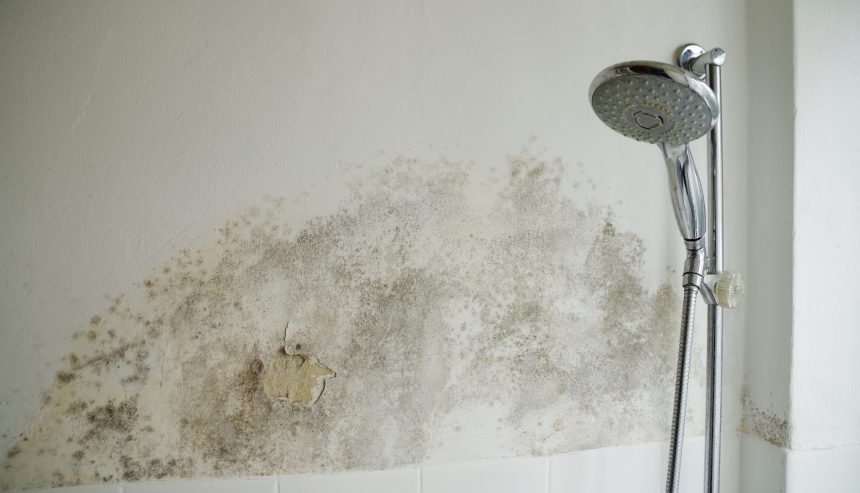Protecting Against Water Damage in the Bathroom
Protecting Against Water Damage in the Bathroom
Blog Article
We have uncovered this article involving Preventing Water Damage in the Bathroom directly below on the web and accepted it made perfect sense to relate it with you here.

The restroom is very vulnerable for damp buildup and prospective water damage because of the frequent use of water in it. This write-up provides straightforward evaluation strategies to help discovering water damages dangers.
The frequent use of water in the washroom makes it extremely prone for wet accumulation as well as possible water damage. By checking it regularly, you can decrease water associated problems.
The following collection of inspections is easy to do and also should be done when in every 3 months in order to maintain your bathroom in good shape and also to stop potential water damages triggered by the bath tub, the shower, pipe joints and plumbing, sinks, cupboards, as well as the commode
Do not neglect carrying out these assessments as well as be comprehensive while doing them. Remember that these straightforward inspections can save you a lot of money by supplying very early signs for water damages
Sinks and Cabinets
Sinks and cabinets are subjected to wetness as well as moisture day-to-day and also are usually forgotten. Evaluate consistently under the sink and also on the kitchen counter over it. Fix any type of drip in the trap as it may suggest drainpipe troubles. Take a look around the sink, sluggish draining pipes may show an obstructed drainpipe. Replace sink seals if they are broken or loose.
Bathtub and also Shower
The shower and also tub need special focus and also upkeep. Inspect the tiles and change if split. Make certain that there is no missing grout in between the ceramic tiles. Examine and change split caulking at joints where the walls meet the flooring or the tub. Blocked drains and also pipes problems will certainly stop the tub from drying and also may indicate significant issues below the bath tub. Talk to an expert immediately to stop structural damage. Focus on discolorations or soft locations around the tub walls as they might suggest an internal leakage.
Plumbing
Signs for water damage are tough to discover since a lot of pipelines are set up inside the walls.
Pay unique attention to floor covering and also walls dampness as well as stains as they might indicate an invisible plumbing trouble. Inspect moisture degrees in adjoining areas as well.
The Bathroom
The toilet is an at risk water junction. Examine the water lines and also search for leakages around the bathroom seat, in the pipe, and under the water container. If you discover any indicators of wetness on the flooring around the toilet, look for leaks in the toilet edge as well as tank seals.
Know that hanging toilet bowl antiperspirants enhances the opportunities for blockages.
Water Damage Signs In The Bathroom To Avoid Cleanup
Musty smell
This is one of the easiest signs to catch because musty smells are so odorous. The damp, earthy, moldy smell should be a big red flag. The smell will develop when moisture gets trapped in surfaces, and begins to facilitate mold growth. Leaking pipes under cabinets, inside walls, and behind shower fixtures will cause moisture to stay trapped and not dry, which will lead to mold growth and spread. As soon as you notice any musty smells in your bathroom, have it checked for hidden water damage and cleanup signs.
Visible mold
If the smell isn’t there to give it away, sometimes you will actually see mold growth. Finding mold in your bathroom is a serious problem, because mold is very harmful to your health. By the time mold growth is visible, it also means that water damage has already occurred and been present for some time. The only way the mold problem can be resolved is to find the source of the moisture and get it stopped. To safely and adequately remove mold, you need to have professionals handle the remediation. Do not waste any time in getting mold problems addressed, fixed, and sanitized so that you can protect you and your family from the many respiratory symptoms caused by mold exposure.
Damaged floors
Bathroom floors should be able to withstand some exposure to water while still remaining in good condition. However, when excess exposure or water leaks occur, they will begin to damage even the most water-resistant flooring. If you notice any cracking, bubbling, staining, or warping on your bathroom floors, there is probably a water leak somewhere causing the distortion. If you notice areas of the floor have become softer, or even have a spongy feeling, there is probably damage to the subfloor. Subflooring is typically made up of plywood. When plywood is exposed to water or moisture, it will absorb it. Once it has become saturated, the weight of the excess water will cause the wood to swell and soften. Check the floors in your bathroom frequently to catch any of these sings before they lead to damaged subflooring.
Changes on walls
When water leaks behind walls, it will cause changes in the drywall. Peeling plaster, blistering paint, and soggy wallpaper are all good indicators that excess water is building up behind the wall. Water leaking behind drywall will cause it to swell and be soft to the tough. If you start to notice gaps along the trim of your walls, or where tile meets the wall, it could also be a strong indicator that there is a leak behind the wall. Any changes, distortion, or damage on the walls should be evaluated as soon as you notice it to prevent further water damage and cleanup.

We had been brought to that write-up on Looking for Signs of Water Damage in the Bathroom from an associate on our other domain. Loved our write-up? Please share it. Let another person find it. Many thanks for going through it.
Book Report this page